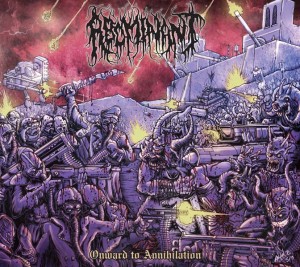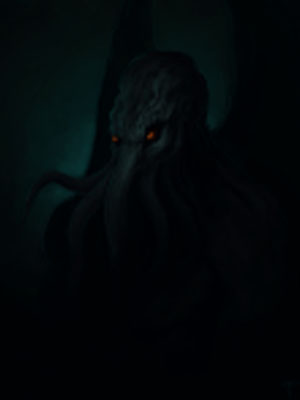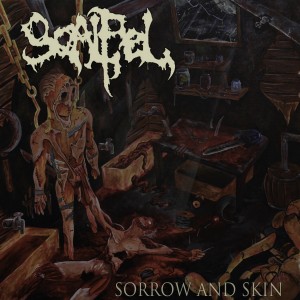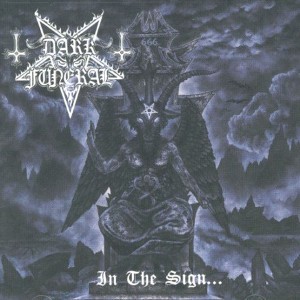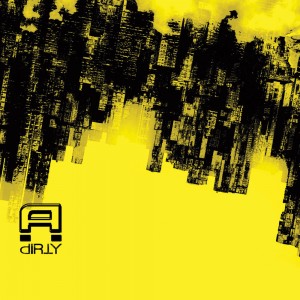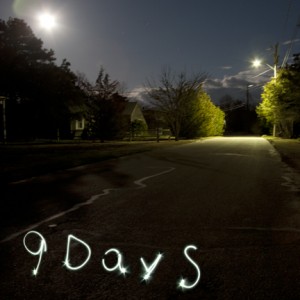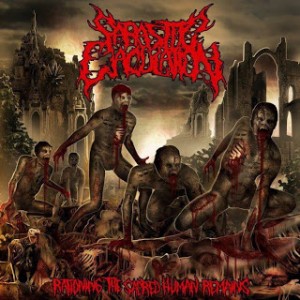 Bearing one of the more enjoyable band names of recent note, Parasitic Ejaculation bring a focused, percussive take on death metal while simultaneously grotesquely offending any person with mainstream sensibilities.
Bearing one of the more enjoyable band names of recent note, Parasitic Ejaculation bring a focused, percussive take on death metal while simultaneously grotesquely offending any person with mainstream sensibilities.
The band chooses to play death metal in its purest form, with a focus on the morbid and postmortem. Riffs naturally lead from one into the next, without ever letting the listener get complacent with verse-chorus simplicity. Instead, the songwriters focus on the underlying structure and how modifying its form can produce creative results.
Rationing the Sacred Remains utilizes competent instrumentalism in which all instruments are well-played and eject an exciting contribution to the whole. Steady low-pitched belches provide a framework that pushes the songs forward. In its best moments, the band plays in a highly evocative manner, in which melting chords and pinch-harmonics simulate the death throes of the prey of a violent predator.
However, at times the band seems to dip into parody, such as allowing harmonics to become the driving element of a song rather than as ornaments, in addition to incorporation of rhythms that become self-referential rather than contributive to the overall design. In such instances, the “spell” is broken and the listener is given the impression that the song is merely something to mosh to, rather than the art it has the potential of being.
Regardless, this is a band to keep an eye on as they refine their music into the future. Their debut album, Rationing the Sacred Remains, can be heard in full over at their Bandcamp page.
http://www.youtube.com/watch?v=frlki3zvX9U
2 Comments